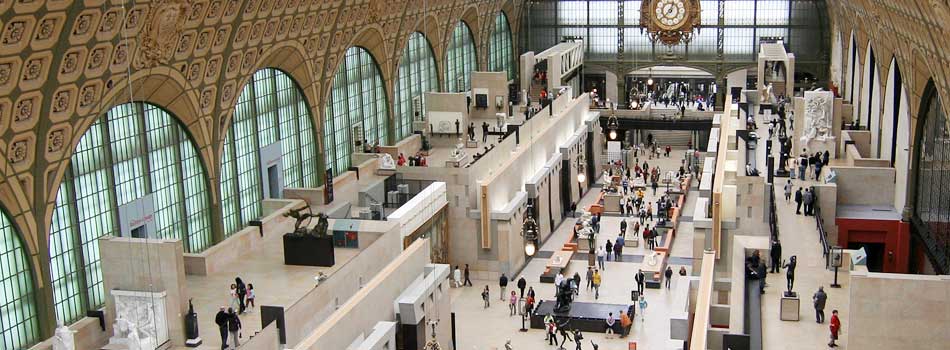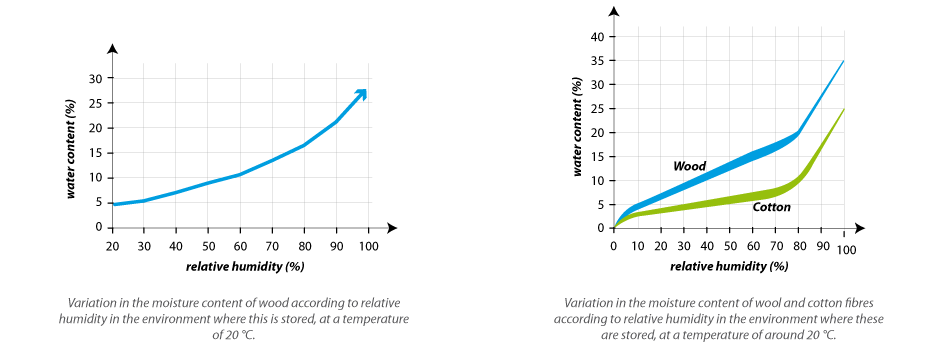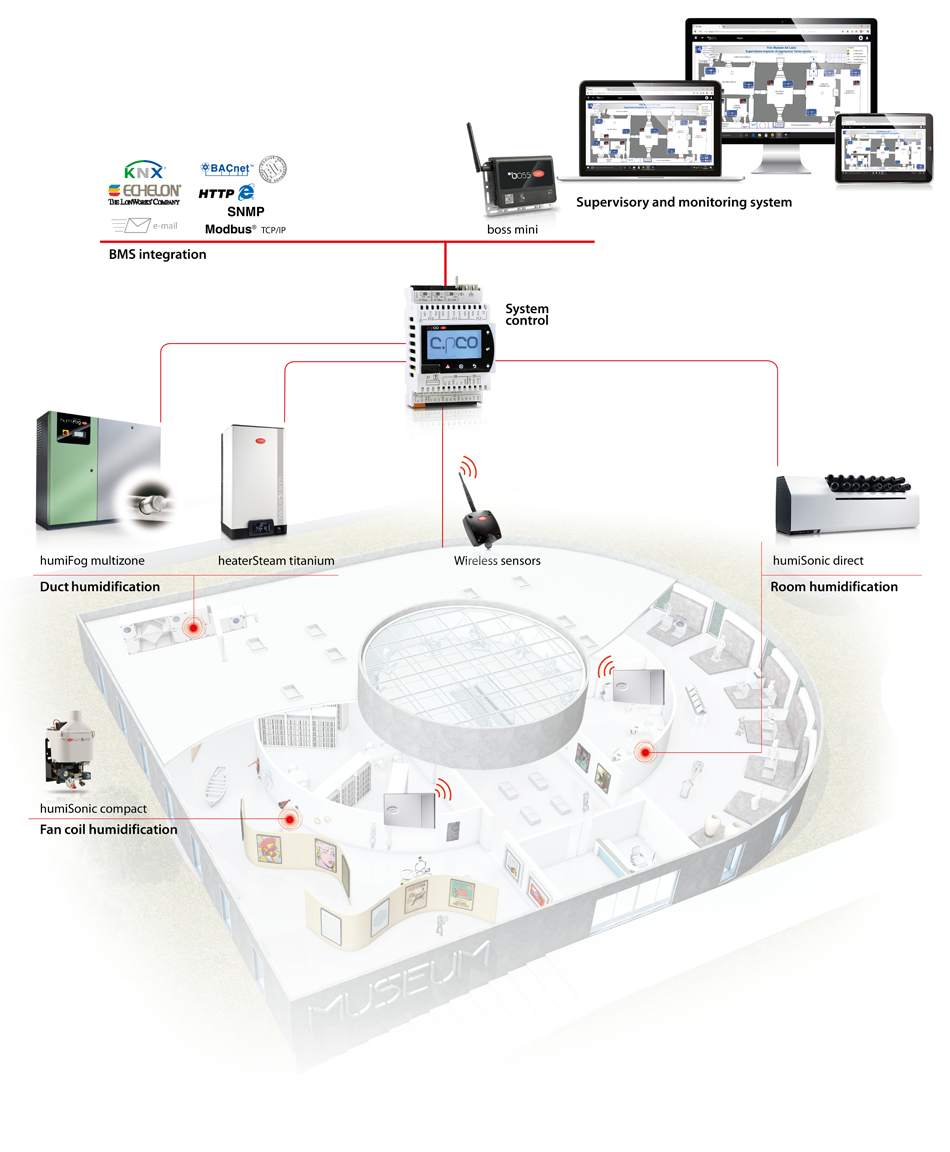Why are temperature and humidity control important in museums?

Our experience in protecting works of art
Most of the works of art, artefacts and documents stored in museums and libraries are made of natural materials sensitive to the humidity of the environment in which they are stored. Canvas, wood, parchment and paper have a moisture content that tends to balance with the humidity of the surrounding air. Changes in ambient temperature and humidity, caused by external climatic conditions and endogenous factors such as visitors, lighting, etc. translate into changes in the size and mechanical properties of these materials, and can cause irreversible damage to manuscript paintings and other works of art.
For the preservation and the integrity of ancient objects, museums and libraries must therefore guarantee specific environmental conditions to be precisely maintained over very long periods of time.
|
Precision |
Energy savings |
Flexibility |
Download the white paper "Air humidity in museums and libraries"
 Wooden artworks
Wooden artworks
Rapid variation of the relative humidity and very low humidity rates lead to potentially considerable deformations due to the dimensional variations of the plant fibres.
 Books and parchments
Books and parchments
Variations in water content lead to changes in size, mainly at the perimeter, giving rise to bending or waving of pages.
 Fabrics and hides
Fabrics and hides
Leather and hides are also highly hygroscopic materials in which variations in water content are associated with significant dimensional variations.

CAREL offers a complete solution of humidifiers and systems to control and monitor thermo-hygrometric conditions within museum environments.

Who Chose Us - Museum
Reset




